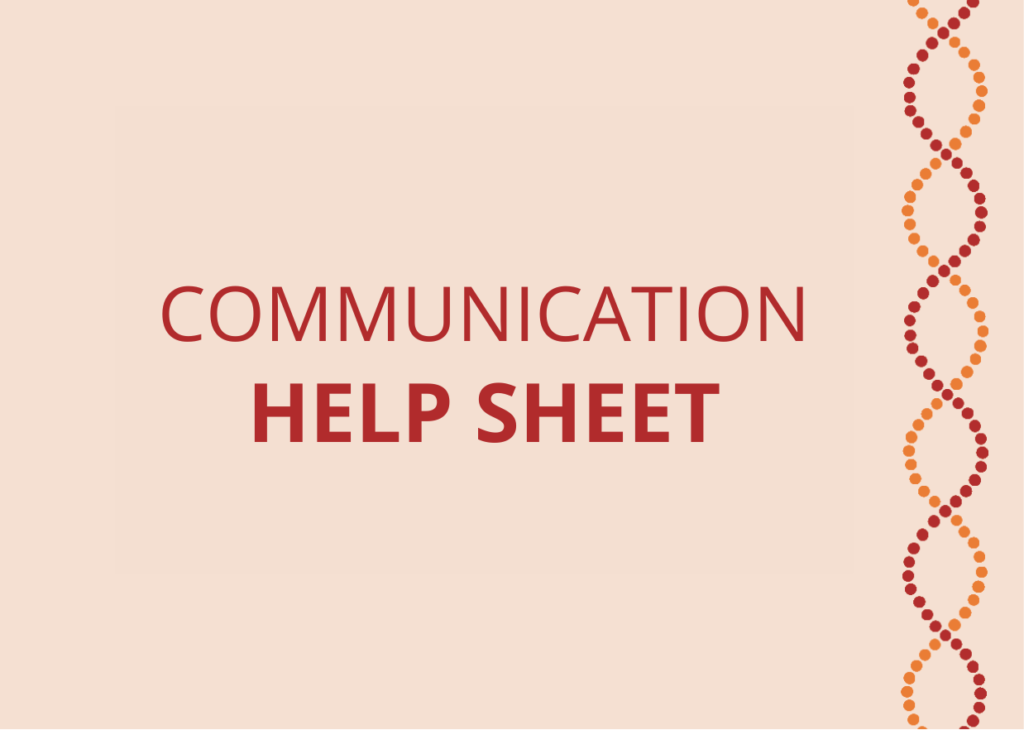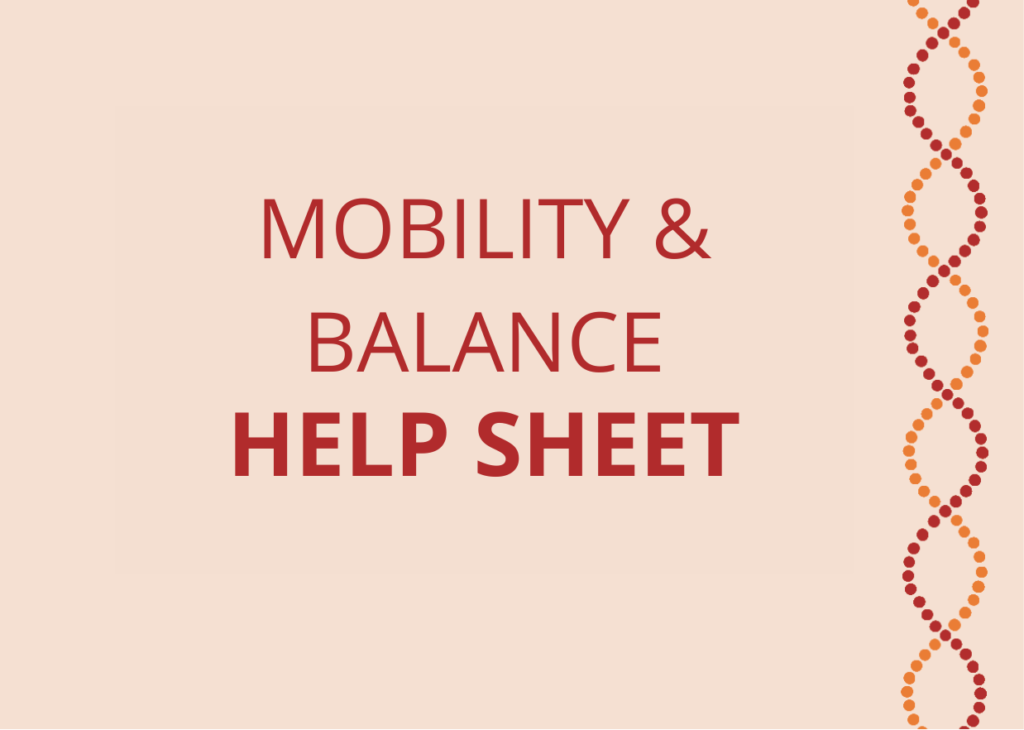Having a Sleep Study

Client Signature ID

One of the noticeable features of damage to the cerebellum is ataxia and includes a progressive loss of coordination, strength and fine motor control, as well as an increase in tremors. These features of Machado-Joseph Disease (MJD) mean that a person with MJD will gradually become less and less able to sign their signature as a way of identifying themselves. This may raise issues for the organisation that needs to identify the person.
This Help Sheet provides information about the impact of MJD on on an individual’s ability to demonstrate their identity via a signature.
Doing a Blood Test – Families

This Help Sheet talks about why and how MJD blood tests are done. It is a useful resource for families affected by MJD.
Communication

When people have Machado-Joseph Disease (MJD) they find it hard to talk. When it starts, it is just a bit slurred when they talk, but then it gets worse.
The MJD stops their muscles working in their neck and throat. Like any muscle, you can exercise your speaking muscles to keep them stronger for longer.
This Help Sheet provides general information about communication issues that may be encountered by people living with MJD. Clients should be assessed and supported according to individual need.
What is Machado-Joseph Disease?

Machado-Joseph Disease (MJD) occurs because of a fault in a chromosome that results in the production of an abnormal protein. This protein causes nerve cells to die prematurely in a part of the brain called the cerebellum. The damage to the cerebellum initially causes muscular weakness and progresses over time to a total lack of voluntary muscle control and very significant permanent physical disability.
This Help Sheet explains some basic information about MJD.
Mobility and Balance

This Help Sheet explains how Machado-Joseph Disease (MJD) affects mobility and balance, and provides information about appropriate support. This information is intended as a general overview and it is important to remember that each person with MJD needs to be assessed and supported according to individual need.
Operating and Maintaining the Aircraft DPL

An instructional video for operating and maintaining the Disabled Person Lift (DPL).
Boarding and Disembarking using the DPL

An instructional video for boarding and disembarking the plane, using a Disabled Person Lift (DPL).
Aircraft Aisle Wheelchair

An instructional video for safely moving a manual wheelchair on the plane.
Manual Wheelchair Handling

An instructional video for manual wheelchair handling.

